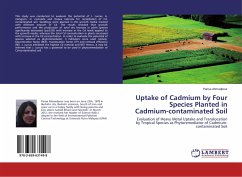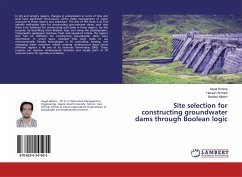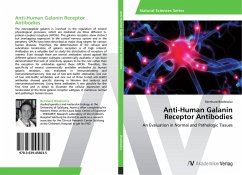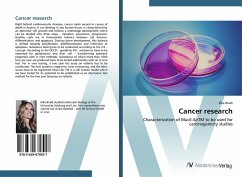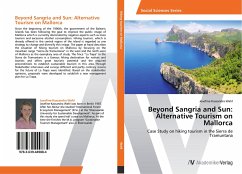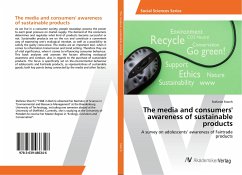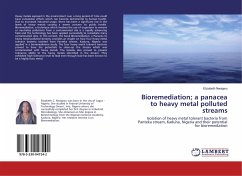
Bioremediation of chlorinated hydrocarbons contaminated groundwater
Process characterization of monochlorobenzene and tetrachloroethylene removal in a pilot-scale constructed wetland
Versandkostenfrei!
Versandfertig in 6-10 Tagen
22,99 €
inkl. MwSt.

PAYBACK Punkte
11 °P sammeln!
Monochlorobenzene (MCB) and tetrachloroethylene (PCE) are persistent groundwater contaminants worldwide. In this study, a pilot treatment facility a horizontal subsurface flow constructed wetland with an open water compartment was established in Bitterfeld, Germany, and it was supplied with contaminated groundwater pumped from local aquifer. The degradation of MCB and PCE was measured and the relevant parameters were analyzed. The concentration of the organic contaminants was determined with GC/FID system, and stable isotope fractionation technique was used for the assessment of in-situ biodeg...
Monochlorobenzene (MCB) and tetrachloroethylene (PCE) are persistent groundwater contaminants worldwide. In this study, a pilot treatment facility a horizontal subsurface flow constructed wetland with an open water compartment was established in Bitterfeld, Germany, and it was supplied with contaminated groundwater pumped from local aquifer. The degradation of MCB and PCE was measured and the relevant parameters were analyzed. The concentration of the organic contaminants was determined with GC/FID system, and stable isotope fractionation technique was used for the assessment of in-situ biodegradation of MCB and PCE. The results showed the effective removal of MCB and PCE in planted bed, especially in upper layer, and the isotope fraction analysis suggested that MCB and PCE may have different pathways that dominant the removal.




